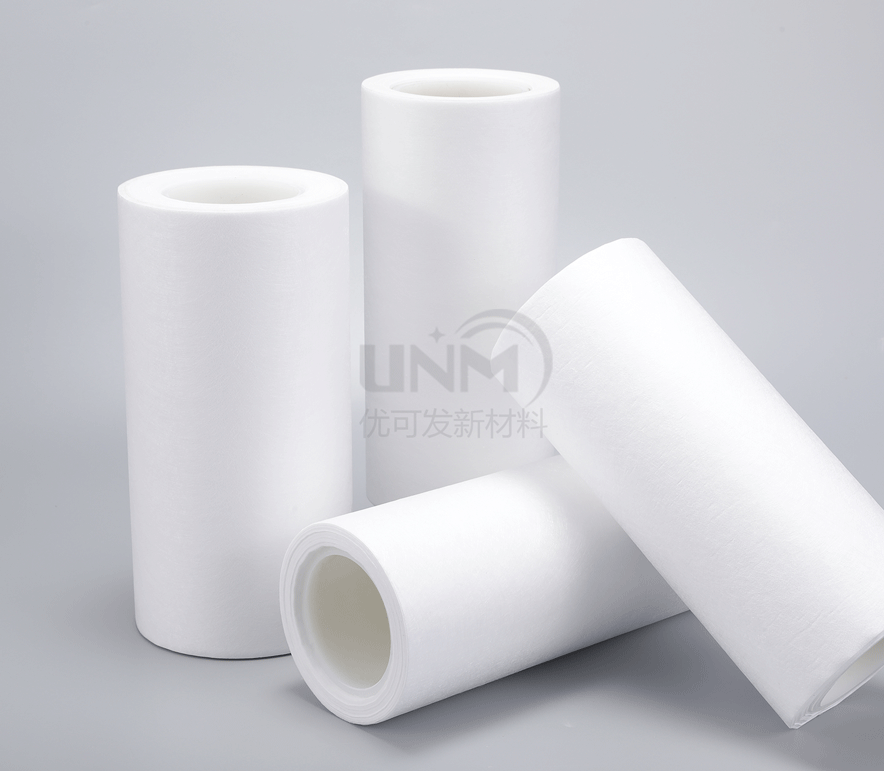The material structure ofNano-membrane composting fermentationcan adopt different types of nano-membranes,Nano-membrane composting fermentationdepending on the application requirements and processing objects. The following common nanomembrane material structures:

1. Polymer nanomembrane: Polymer nanomembrane is a Films made of polymer materials, such as polyvinyl alcohol (PVA), polyacrylic acid (PAA), etc. These nanomembranes usually have high permeability and selectivity and can be used to separate and concentrate useful components in machine waste.
2. Ceramic nanomembrane: Ceramic nanomembrane is a thin film made of ceramic materials, such as aluminum (Al2O3), silicon dioxide (SiO2), etc. These nanomembranes have good chemical stability and temperature resistance, and are suitable for processing high-concentration organic waste and environments with high anti-pollution requirements.
3. Carbon-based nanofilm: Carbon-based nanofilm is a thin film composed of carbon materials, such as graphene, carbon nanotubes, etc. These nanomembranes have a high degree of mechanical strength and chemical stability and can be used to separate and remove microscopic particles, micro-objects and contaminants.
4. Metal nanofilm: Metal nanofilm is a thin film made of metal materials, such as (Ag), copper (Cu), etc. This nanomembrane usually has good electrical conductivity and antibacterial properties, and can be used to remove impurities and control microorganisms during compost fermentation.
These nanofilm materials can be prepared into thin film structures through different preparation methods (such as solution immersion, evaporation deposition, chemical vapor deposition, etc.), and according to the actual application Need to adjust and optimizeNano membrane compost fermentation. Interested parties are welcome to enter the store and contact us.
</p





